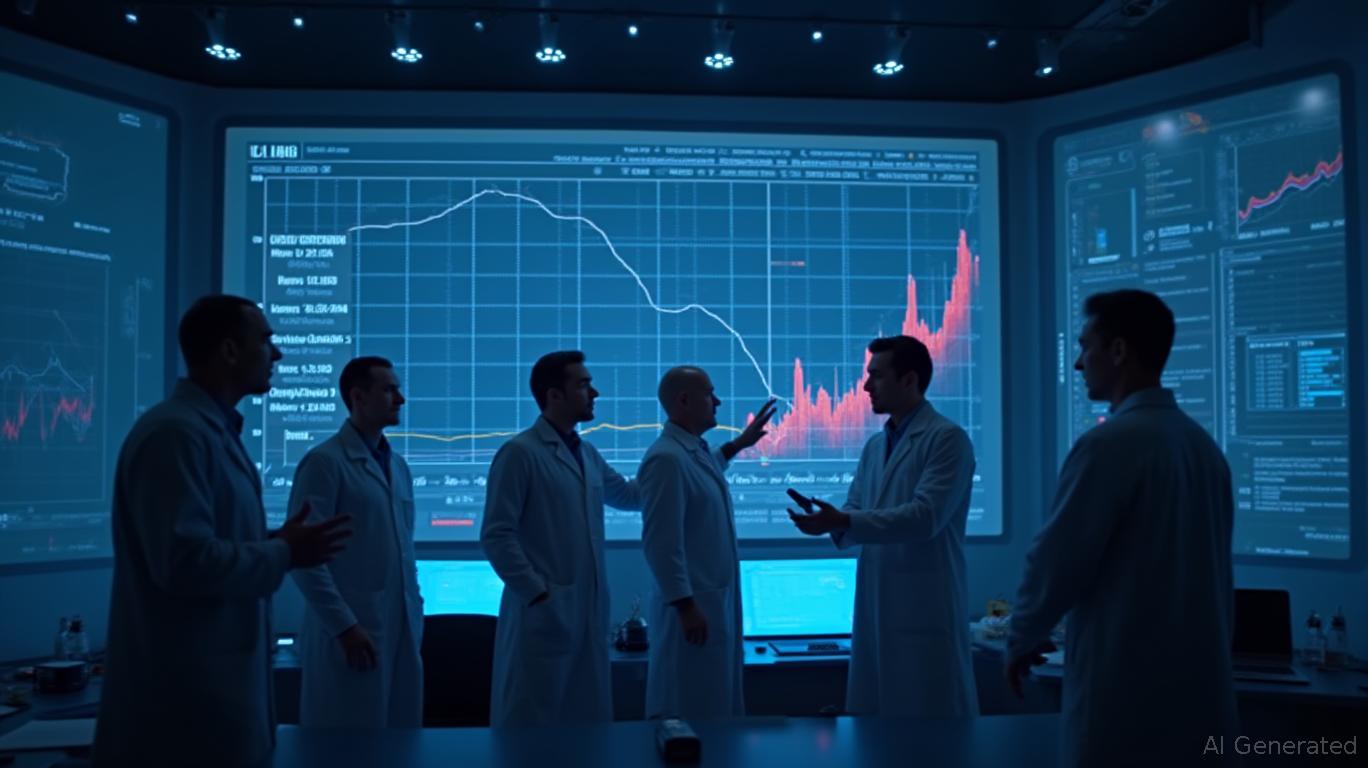U.S. Natural Gas: A Bullish Play on Cold-Weather Constraints and Record LNG Exports
The U.S. natural gas market is at a critical inflection point, with rising prices fueled by supply tightness and surging liquefied natural gas (LNG) exports. Cold-weather disruptions earlier this year, sustained global demand, and dwindling storage inventories have created a prime opportunity for investors to capitalize on short-term futures contracts—before seasonal mild weather eases the pressure. Here's why acting now is imperative.

Storage Levels Signal Tight Supply
The latest U.S. Energy Information Administration (EIA) report paints a clear picture: as of May 2025, working gas stocks stood at 2,476 billion cubic feet (Bcf)—4% above the five-year average but a 11% decline from May 2024 levels. While recent injections of 101 Bcf for the week ending May 23 outpaced historical averages, the year-over-year deficit of 316 Bcf underscores persistent supply constraints.
This imbalance is exacerbated by record LNG exports, which averaged 15.6 Bcf/day in February . By May, 29 LNG vessels departed U.S. terminals weekly, carrying 109 Bcf of gas—a 2.5% year-over-year increase. Europe alone accounted for 57.1% of exports, with Asian demand surging as India boosts gas-fired power generation.
Cold Weather's Lingering Impact
The coldest January in over three decades caused unprecedented storage withdrawals, leaving inventories 16.1% below the five-year average by mid-May. While production rebounded to 106.5 Bcf/day in May, maintenance at key terminals like Corpus Christi LNG temporarily cut feedgas flows by 24.7% in early May—a stark reminder of supply fragility.
The heat dome gripping Texas in mid-May further strained systems, pushing electricity demand to a record 77.8 GW. This demand spike, combined with declining crude oil prices (down 17% in 2025), has kept producers focused on natural gas—a safer bet in a volatile energy market.
The Global Demand Surge
Europe's reliance on U.S. LNG shows no signs of waning. With Russian gas flows dwindling and EU storage 5% below the five-year average, buyers are locked in. Meanwhile, Asia's 22% LNG import growth in 2025—driven by India's power needs—ensures steady demand.
The EIA now projects 2025 natural gas prices to average $4.10/MMBtu, up 80 cents from earlier forecasts, with 2026 prices rising to $4.80/MMBtu. The Henry Hub futures strip at $4.25/MMBtu reflects this bullish sentiment.
The Investment Play: Short-Term Futures Contracts
Investors should focus on short-term (1–3 month) futures contracts to capitalize on the following catalysts:
1. Storage Deficits: Inventories remain 12.3% below 2024 levels, and summer cooling demand will keep drawdowns high.
2. Export Growth: New terminals like Plaquemines LNG Phase 2 and Golden Pass could add 2.2 Bcf/day by 2026, tightening supply further.
3. Cold-Weather Risks: While May saw heat, early winter
Act Now—Before the Window Closes
The urgency lies in the seasonal clock: prices typically peak in late summer before mild fall weather eases demand. With storage deficits and export momentum building, investors who wait risk missing the rally.
Risks to Consider
- LNG Project Delays: EIA notes that terminal startup delays could reduce 2026 exports by 0.8 Bcf/day.
- Crude Oil Declines: Falling oil prices could dampen associated gas production from shale fields.
Conclusion
The U.S. natural gas market is a textbook case of supply-demand imbalance—driven by cold-weather scars, export-driven demand, and geopolitical shifts. Short-term futures contracts offer a high-conviction entry point to profit from these dynamics. With storage deficits widening and global buyers racing for supply, the time to act is now. Delay, and the window to lock in gains may shut.


Comments
No comments yet